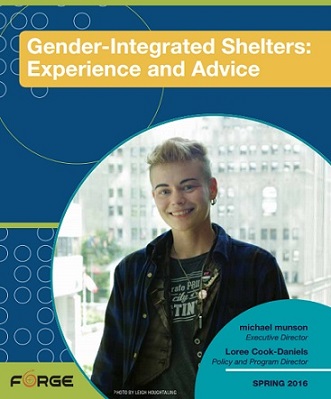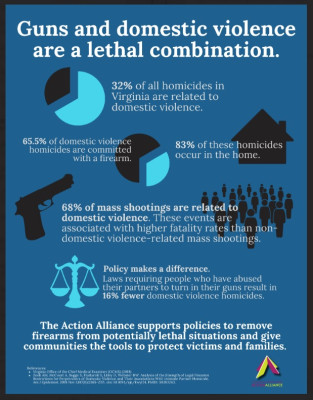Resources Library:
Start a Search:
Futures Without Violence
For more than 30 years, FUTURES has been providing groundbreaking programs, policies, and campaigns that empower individuals and organizations working to end violence against women and children around the world.
Gender-Integrated Shelters: Experience and Advice

With the Violence Against Women Act’s new nondiscrimination provisions, more and more domestic violence shelters are considering expanding to serve all genders of survivors. Some shelters have housed male, transgender, and non-binary residents alongside non-trans women for years. How have they fared? What barriers did they have to overcome? What advice do they have for other shelters considering gender integration? This unique publication, published by FORGE, presents the results of in-depth interviews with 20 gender-integrated shelters, providing a thought-provoking roadmap for shelters wanting to serve all those in need.
Geographic Location and Type of Family and Intimate Partner Homicide in Virginia 1999-2008
This report presents information about the geopgraphic distribution of family and intimate partner homicide types among Virginia's five Health Planning Regions.
Published: February 2012
Data Included: 1999-2008
This report is a product of Virginia Department of Health's Office of the Chief Medical Examiner's Family & Intimate Partner Homicide Surveillance Project. For more information about this project, visit: http://www.vdh.state.va.us/medExam/familyintimatepartnerviolencehomicidesurveillance.htm
Guidance on Access to Domestic and Sexual Violence Service
Memorandum that provides clarification on law and policy with regard to Virginia’s Local Family and Intimate Partner Fatality Review Teams’ review of service information for decedents who had accessed sexual and domestic violence services.
Written by: Virginia Department of Health, Office of the Chief Medical Examiner. September, 2010. 10 pages.
Guns and Domestic Violence are a lethal combination - Infographic

The Action Alliance supports policies to remove firearms from potentially lethal situations and give law enforcement officers, prosecutors, and courts tools to effectively enforce measures to protect victims, their families, and the broader community. This infographic highlights some of the ways that firearm-based violence and domestic violence intersect featuring statistical data from multiple resources.

